For its third incarnation, the Mini Countryman now comes in an all-electric variant. The Countryman is Mini's take on the family car, a compact crossover with bold design both inside and out. At a time when far too many automakers are supersizing their vehicles, Mini's offerings are still right-sized, even if the Countryman is a bit bigger than the model it replaces. But at times, you might be left feeling that style took preference over substance.
The previous Countryman was available with the brand's only plug-in hybrid powertrain, but Mini now only offers the Countryman with either an internal combustion engine or as a full battery electric vehicle. Consequently, the Countryman SE is a fair bit more expensive now, starting at $45,200 before any tariffs are taken into account.
Much of that money has gone to more lithium-ion—66.5 kWh in total (64.7 kWh useable), coupled to a pair of electric motors with a combined output of 308 hp (230 kW) and 364 lb-ft (494 Nm). That's sufficient for an EPA range estimate of 212 miles (341 km), although that might be a little on the conservative side. Based on the past few hundred miles, the test car we spent a week with averaged 3.4 miles/kWh (18.3 miles/kWh), which should allow for 220 miles (354 km) on a single charge, at least in good weather.
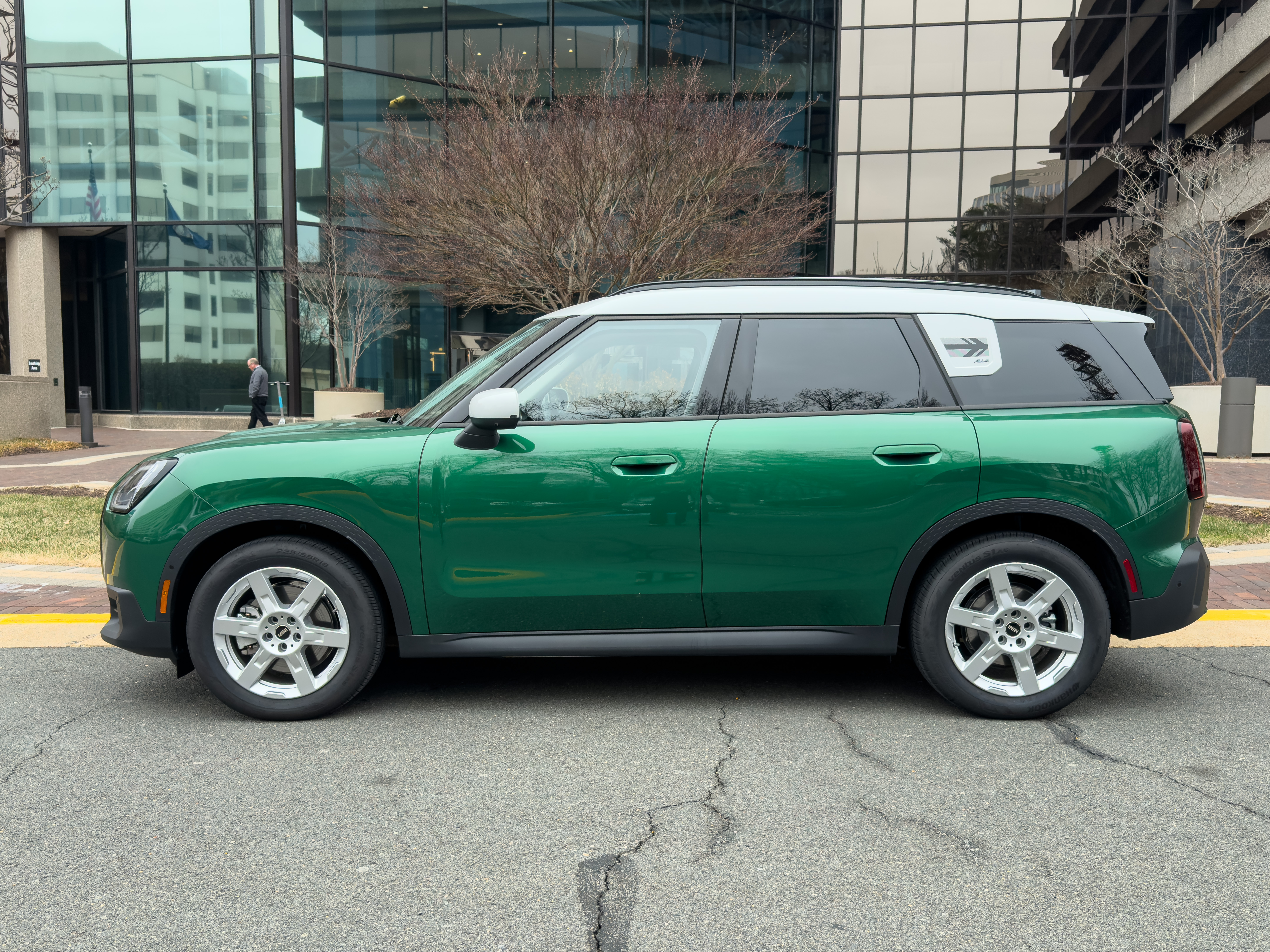
Mini quotes a 30-minute time to fast-charge the battery from 10 to 80 percent at a peak of 130 kW. In practice, we weren't able to get close to that. The first DC charger I plugged into, at just 16 percent state of charge, wouldn't deliver more than 55 kW. Swapping to a different charger, the rate increased to a peak of 67 kW, but it still took over 45 minutes to reach 80 percent SoC. A level 2 AC charge at 9.6 kW should completely charge the battery in eight hours, Mini says.
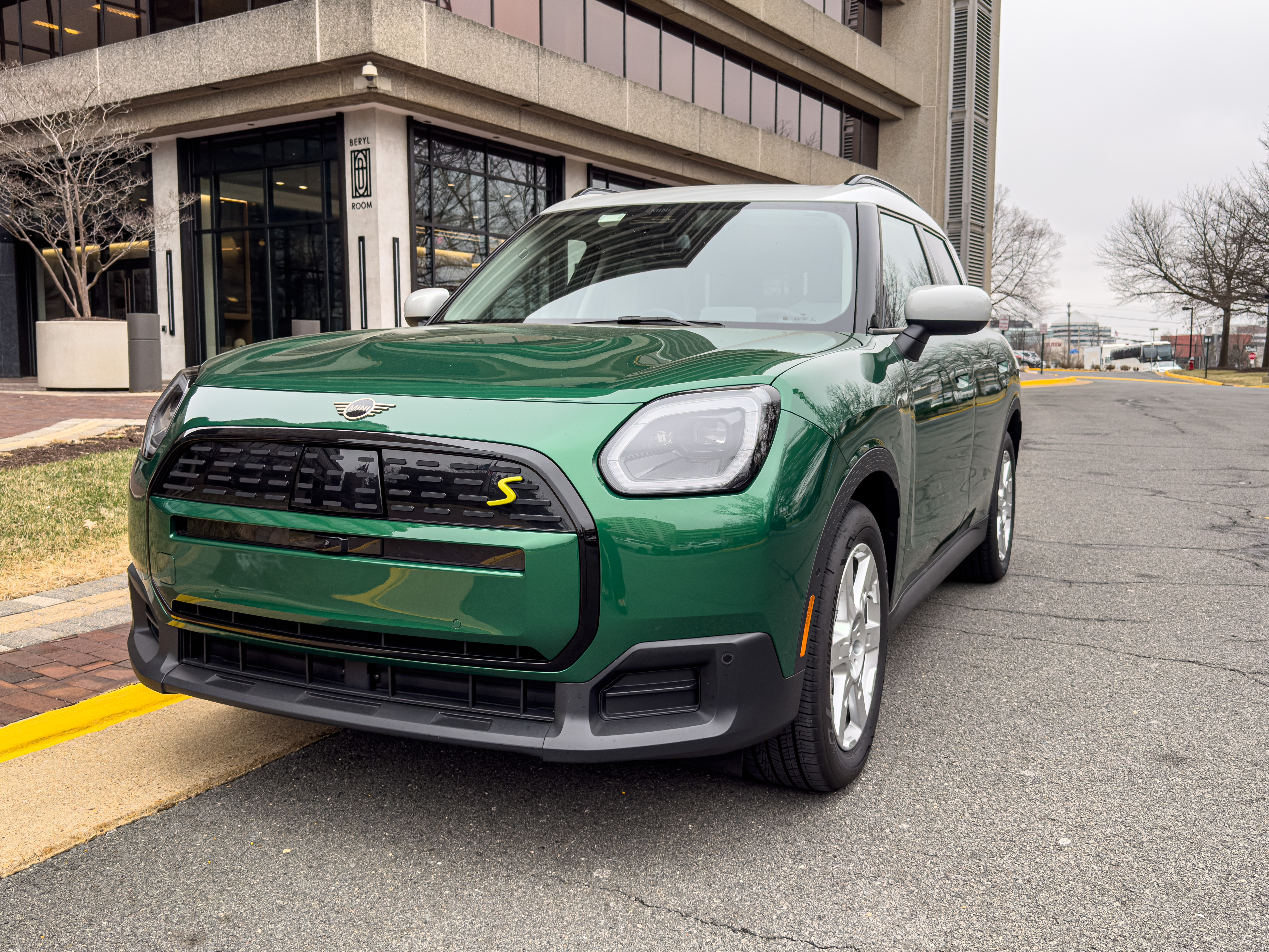
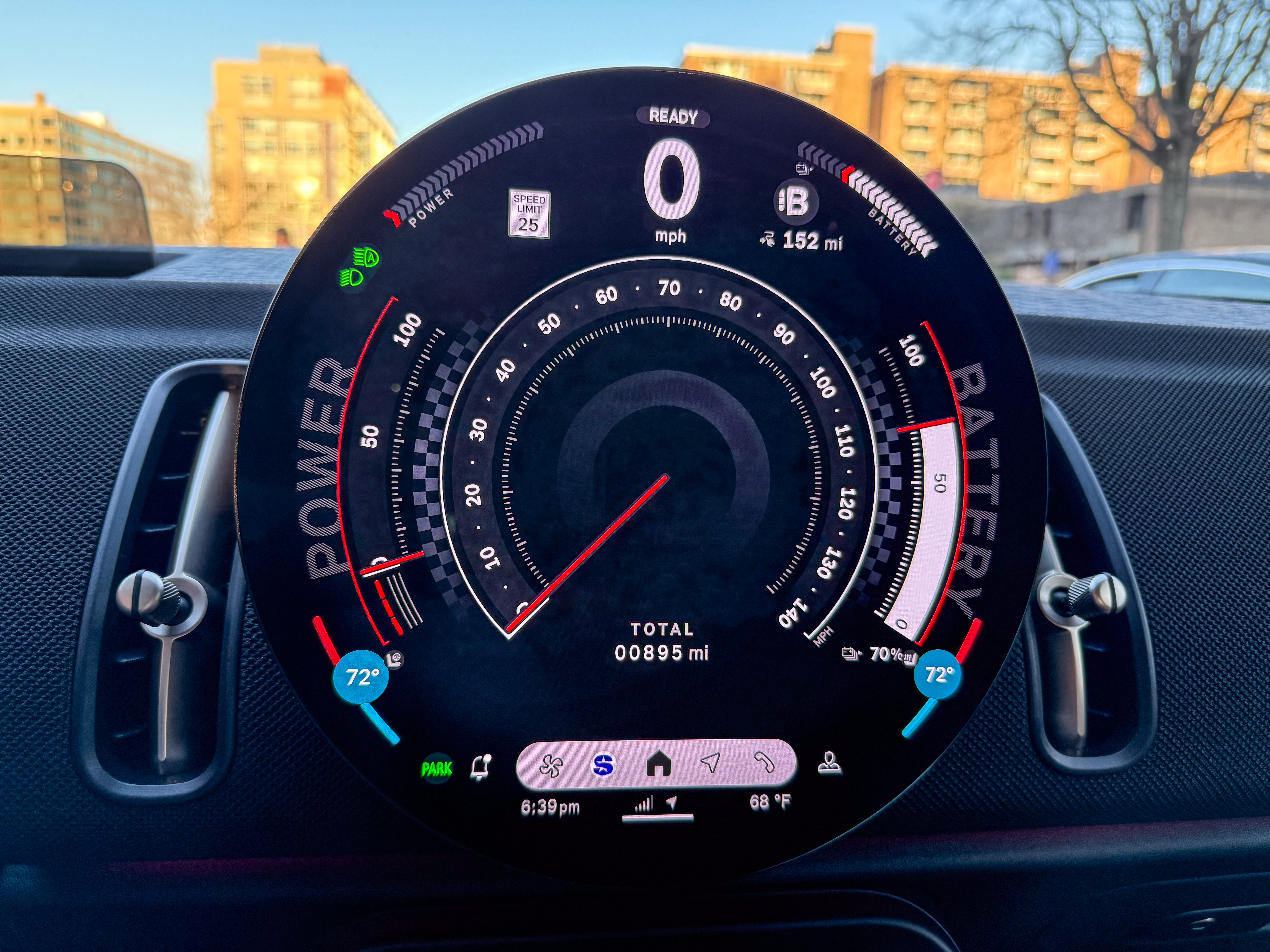
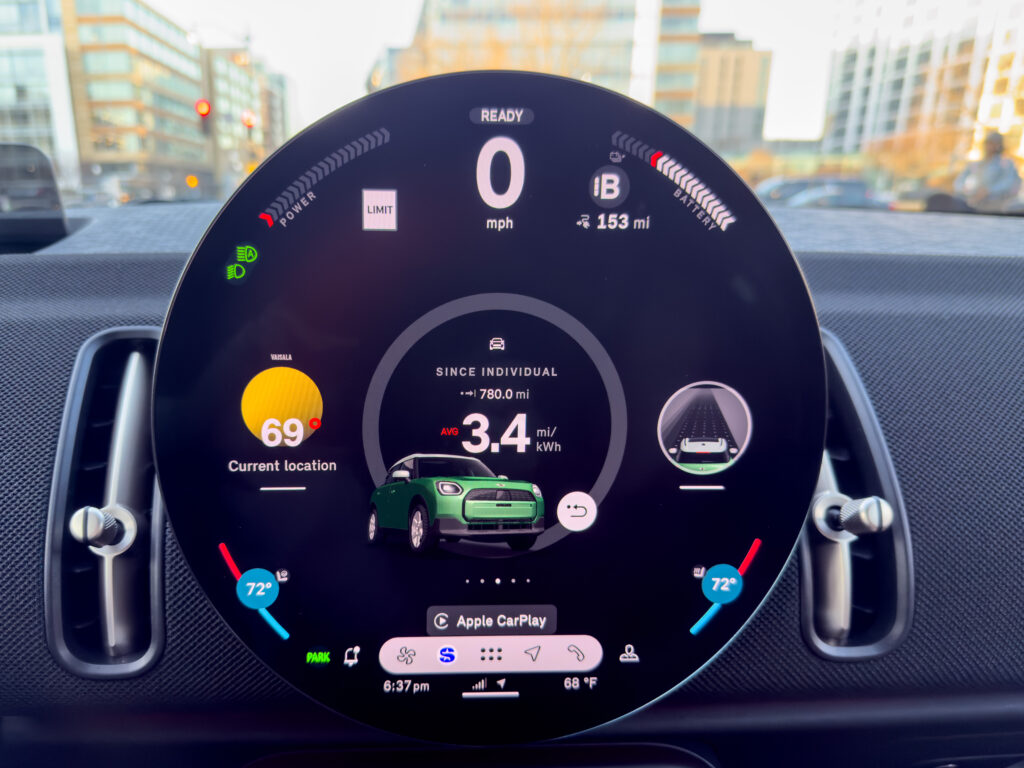
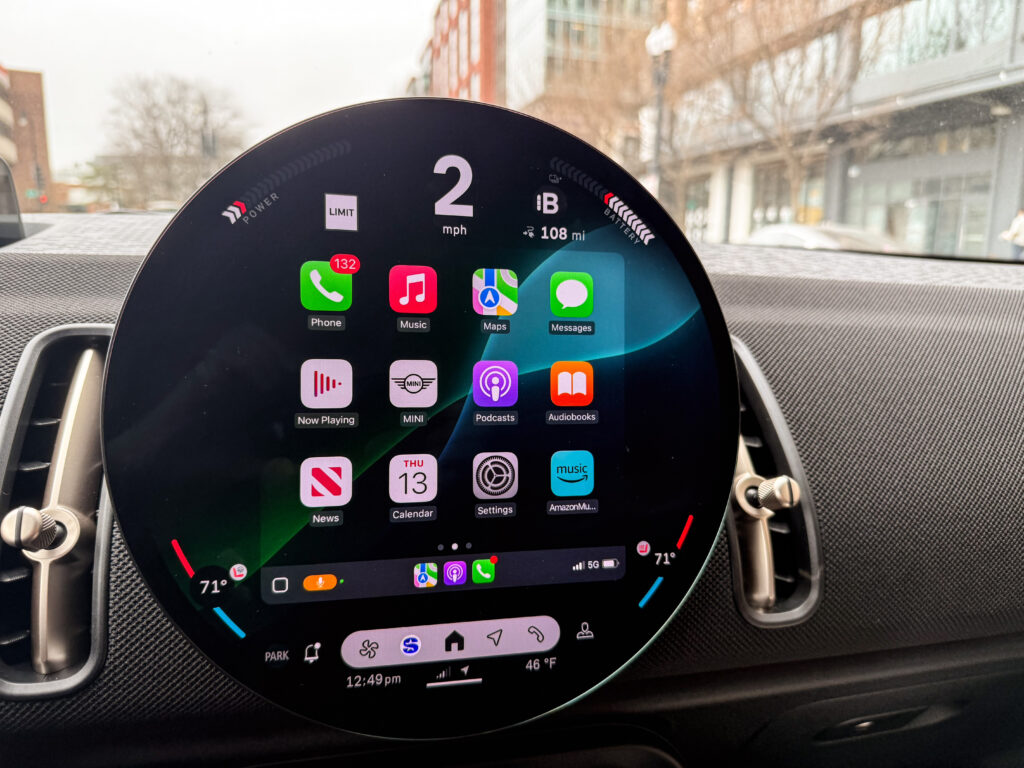
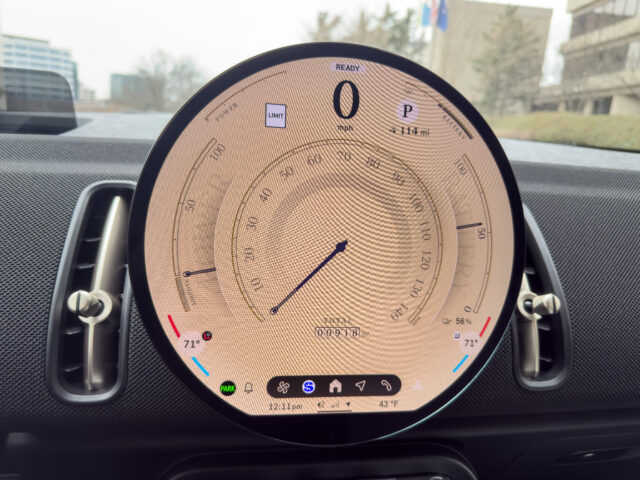
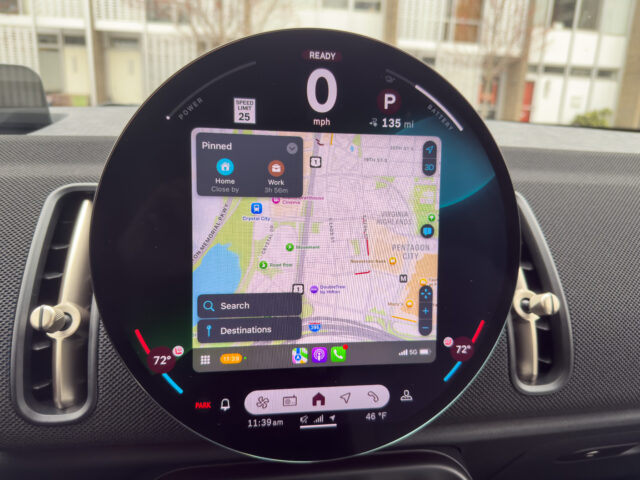
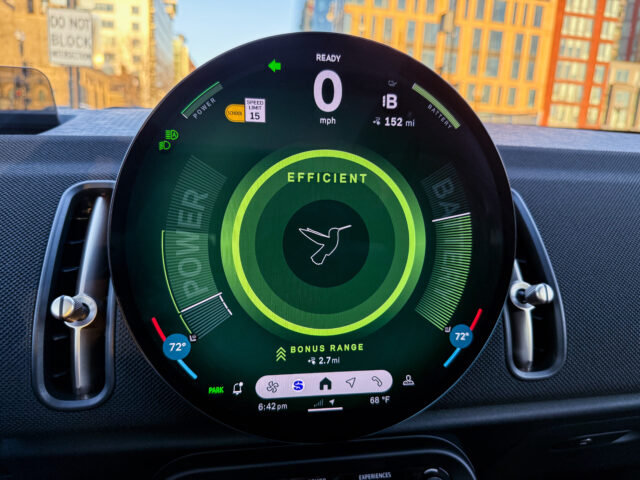
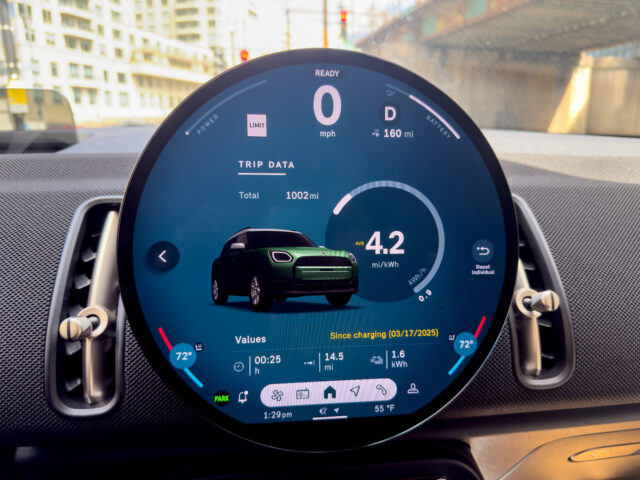
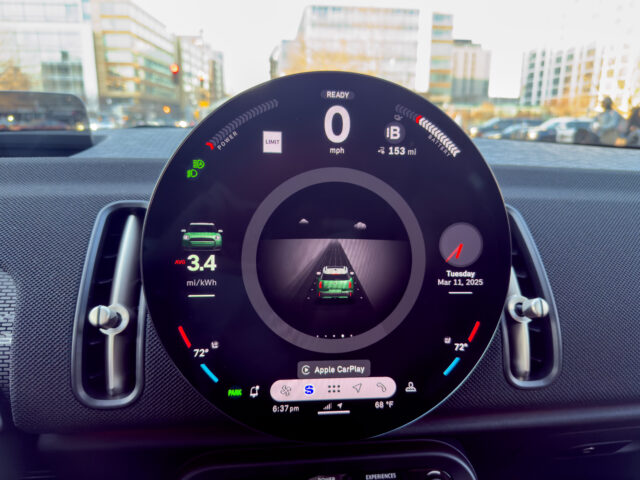
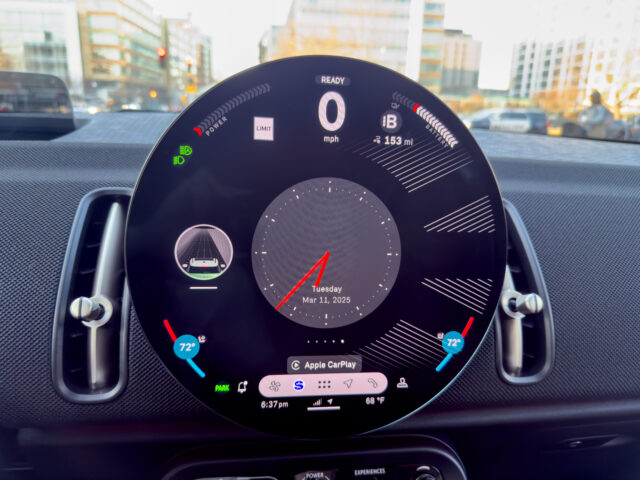
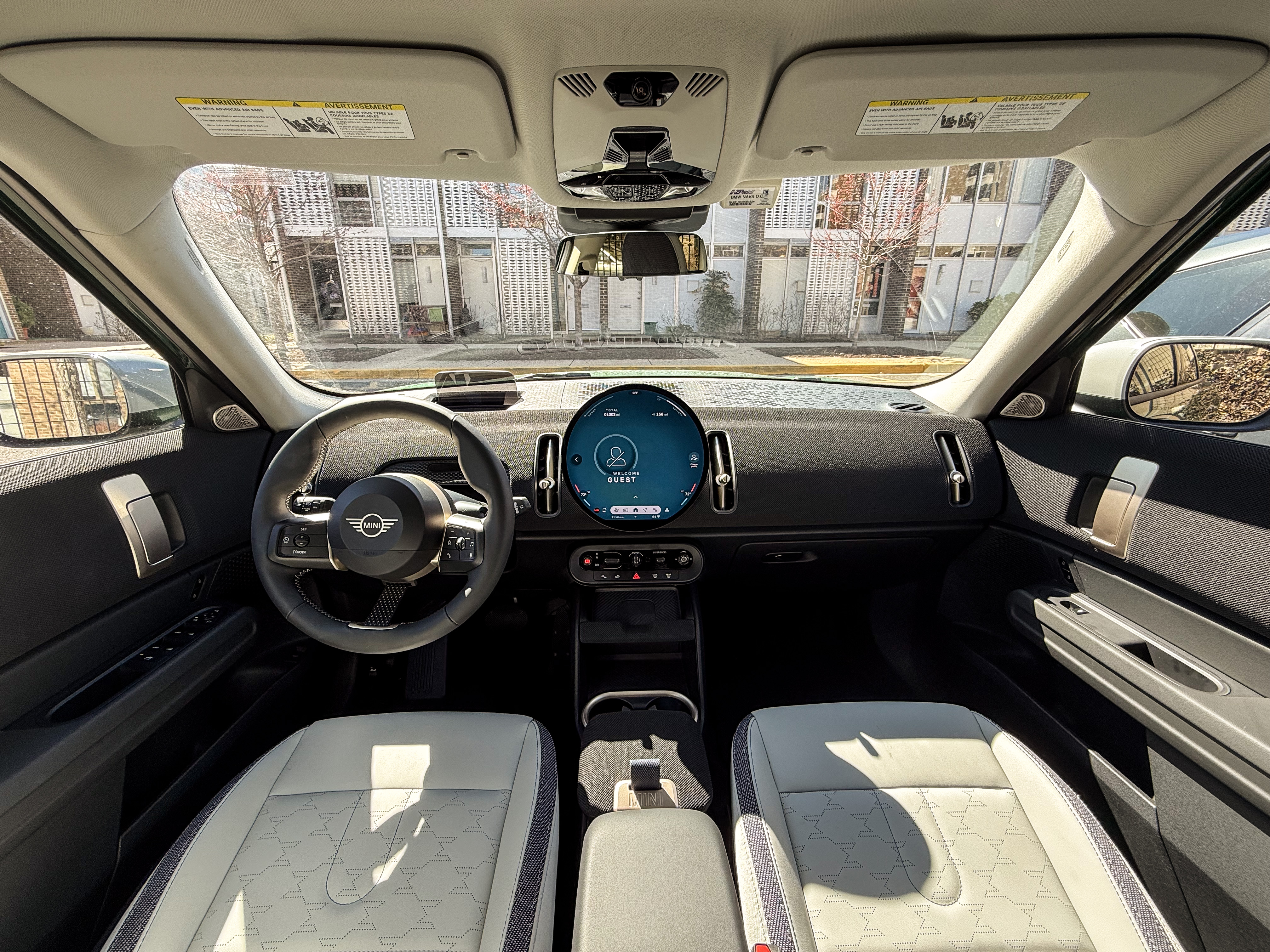
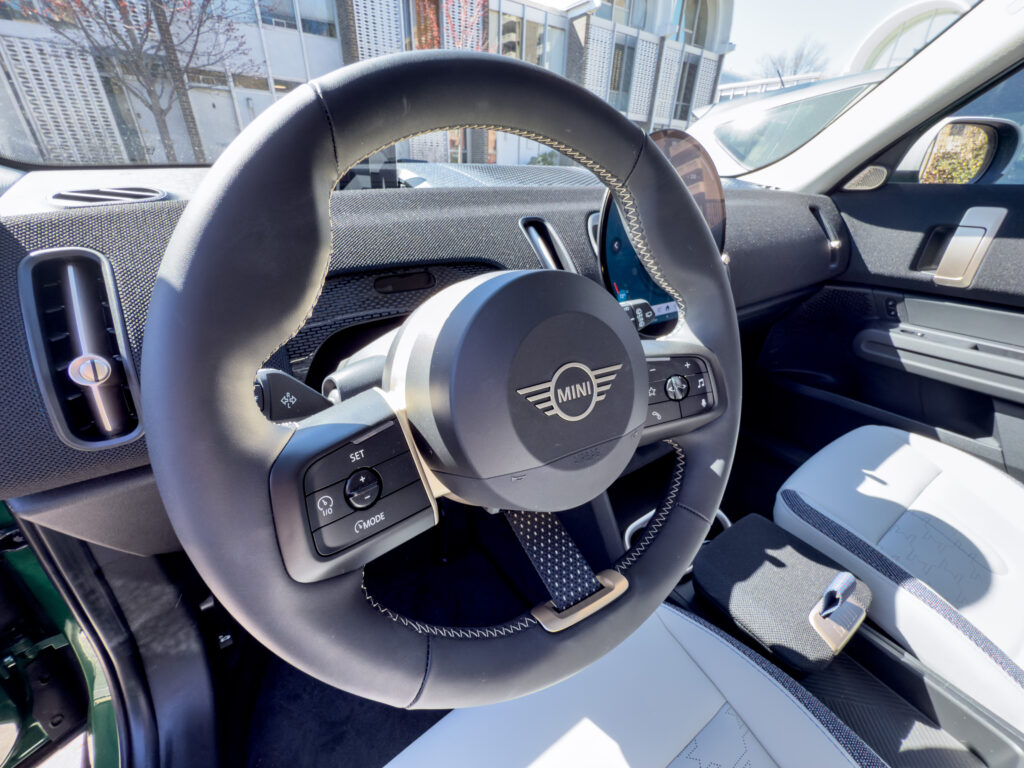
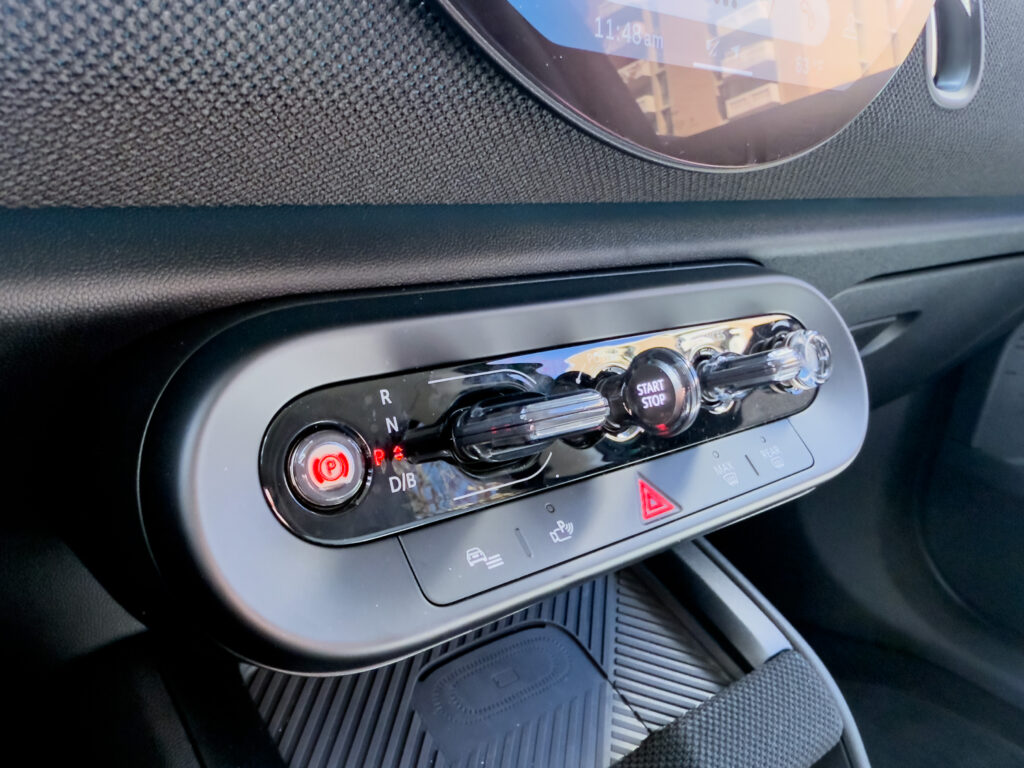
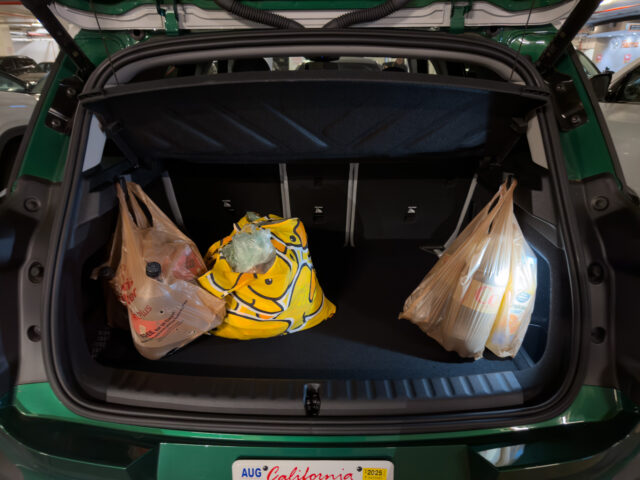
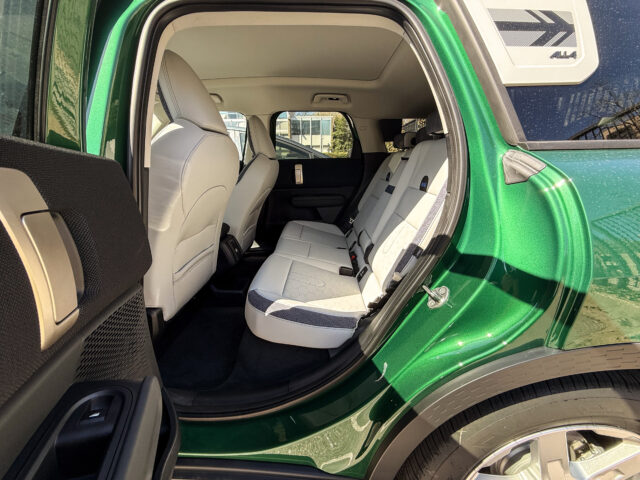
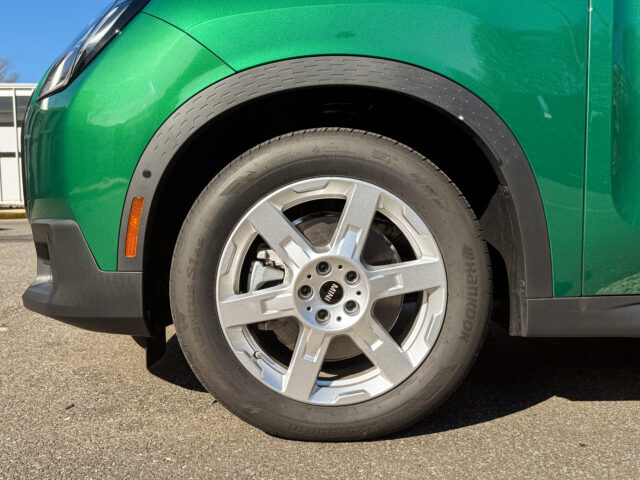
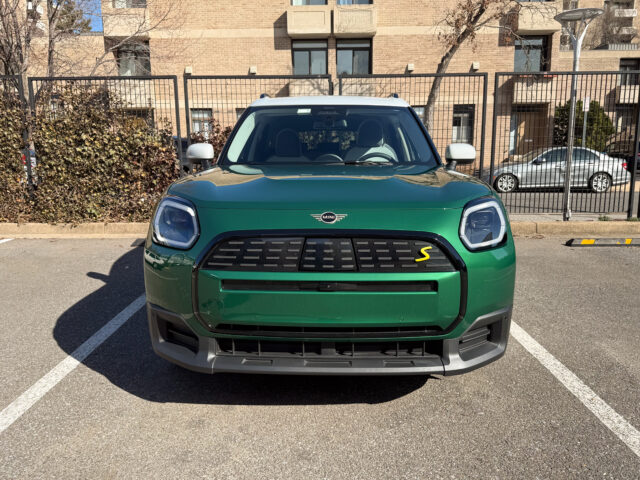


I'm surprised Mini even bothered with this car. I'm sure they didn't expect it to be a volume seller, the whole exercise just seems wasteful.
I'm probably in the minority here, but 220 mile range isn't a problem for my family. We're trying to figure out what our first EV will be this summer, and the Mini isn't even in the top 5.
However, I don't think the pricing is grossly off target. A similarly optioned ID.4 is pretty close to this. It is worth noting that Mini depreciation is no joke (as another commenter said), I assume you multiply it x2 for a Mini EV!
This is a long way of saying, if you can't convert existing owners to your EV products, good luck attracting others when competitive products are more affordable with better range.